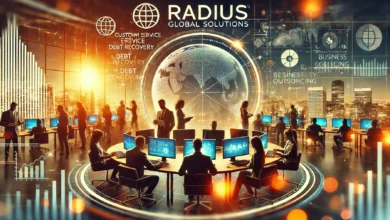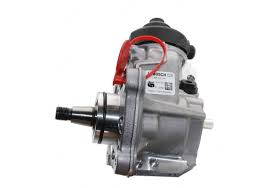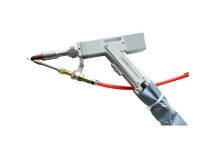The Latest Technology Trends of Laser Machines: From Fiber Laser to CO2 Laser

Laser machines are used in every field ranging from manufacturing industries, health care, electronics, and jewelry industries. Over the years, technologies in laser machines have evolved and this has enabled improvement of their functions. Presenting the newest technology innovations in laser machines including fiber lasers, CO2 lasers, and others.
1. Fiber Lasers: Precision and efficiency in the future
Fiber lasers are particularly important and unique due to the high precision, energy efficiency, and flexibility that they offer in the laser industry. These lasers use a fiber optic cable as the gain medium, offering numerous benefits:
• Enhanced Cutting Speed: Fiber lasers are faster than traditional lasers, making them well-suited to high-volume manufacturing requirements.
• Energy Efficiency: They use less power hence solving operational costs issues and environmental concerns.
• High-Quality Outputs: Fiber lasers output far superior and accurate slices as compared to other lasers including on metals such as aluminum, and copper among others.
• Long Lifespan: Since fiber lasers are known to have few mechanical parts along with the parts being built tough, fiber lasers do not demand frequent maintenance, learn more.
Emerging Trends: The incorporation of artificial intelligence and machine learning into fiber lasers leads to the determination of better intelligent automation and real-time adjustments to enhance the efficiency of their delivery.
2. CO2 Lasers: A Staple with New Innovations
The CO2 lasers are widely used especially for cutting, engraving, and marking applications on material that is not metallic such as wood, plastics, and fabrics. These lasers utilize carbon dioxide gases as the medium for creating the laser beam.
• Versatility: It can be summarized that CO2 lasers are accurate for almost all types of material, therefore it is broadly applied for a great number of fields.
• Affordable Solutions: However, than newest available technologies, have private and affordable opportunities for small and middle-sized companies.
• Improved Beam Quality: New development has provided enhanced beam quality for CO2 lasers which has enhanced its edge and accuracy.
Emerging Trends: As with CO2 lasers, recent trends in the market indicate that fiber lasers are integrated with the former, and the possibility of using both technologies simultaneously is quite promising.
3. Ultrafast Lasers: Speed and Precision Redefined
Femtosecond and picosecond laser cutters have been receiving more attention because of the accuracy and applications of ultrafast lasers.
• Applications: These lasers are applied in the manufacturing of medical devices, electronics, and applications in micro-machining.
• Non-Thermal Processing: They also greatly reduce heat-affected zones thus maintaining the qualities of the original material.
• Micro and Nano Fabrication: Such cells are very talented in creating complex patterns at the sub-millimeter levels.
4. Green Lasers: Optimized for clear & glossy substances
Red and green lasers, which have shorter wavelengths, are very suitable for scribing on such surfaces as glass as well as certain types of plastics.
• Precision: The use of short wavelength leads to precise focus and negligible thermal damage to the image.
• Specialized Applications: Green lasers or lasers of other colors are slowly being incorporated into electronics, in the production of solar panels.
5. Compact and Portable Designs
Currently, there are more advanced lasers for cutting metal that are portable, lightweight, and are as effective as their large counterparts. These designs are especially advantageous in small businesses and when the operation is done at the site.
• Portable Fiber Lasers: Some are very lightweight and portable and therefore will suit anyone looking for a mobile engraving or repair service.
• Desktop CO2 Lasers: Small systems provide professional-level performance, that a small-scale or home-based operation or enthusiast user will require.
6. Environmental Considerations
Lasers, as is the case with many technologies, are now increasingly being considered based on sustainability. Recent innovations aim to reduce the environmental impact of laser machines by:
• Energy Efficiency: The latest models, require less power to function and offer better performance.
• Recyclable Components: There are obvious steps to make machines recyclable; firms are starting to use recyclable material in making manufacturing equipment.
Conclusion
The industry of lasers is growing with such types of lasers as fiber lasers, CO2 lasers, and ultrafast lasers. New technologies in automation, compactness of the structures, and environmentally friendly designs are improving their utility further. These trends therefore help a business in choosing the right laser machine that will suit it most and compete effectively in a given market.





